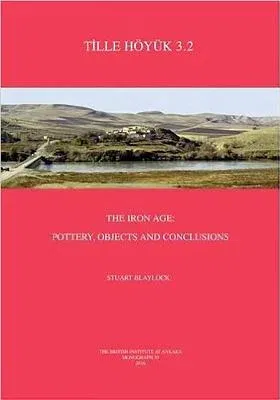Tille Höyük 3.2 is one of the few Iron Age sites to have been excavated
on the River Euphrates between Malatya and Carchemish on the
Turco-Syrian border, at a crossing point on the west bank of the
Euphrates, an area now almost entirely inundated by a series of dam
schemes. It is the only one with a near-complete Iron Age stratigraphic
sequence to be published in detail to date. The site was dug between
1979 and 1990 by the British Institute of Archaeology at Ankara as part
of the Turkish Lower Euphrates Rescue Project. The excavation revealed
important architectural remains of the Early Iron Age, Neo-Hittite,
Neo-Assyrian, and Achaemenid periods, spanning the eleventh to the
fifth-fourth centuries BC.
In this second (and final) volume of the report on the Iron Age levels,
the pottery and objects are presented, together with chapters on seals
and plant remains, along with a concluding discussion of the material
covered in both Tille 3.1 and Tille 3.2. Lying on the margins of the
Mesopotamian world, and with contacts with North Syria, North
Mesopotamia, and the Levant, rather than with Anatolia or the
Mediterranean, Tille provides vivid insights into the cultural history
of the region during the Iron Age. Tille 3.2 covers the material culture
of Iron Age Tille and aims to draw lessons from the experience of rescue
excavation in the context of a major dam scheme in a previously
unexplored area of North Mesopotamia (with important implications for
the archaeology and chronology of the region), and discusses the
significance of the site in its local and regional context.

